Description
In this ternary form flute solo with piano accompaniment, much of the flute part is like a vocal melody, or lyrical in it’s feel, so search for a singing/cantabile tonal quality – open the throat, focus with the lip shape, support from the diaphragm, and push air right to the end of your flute. The middle section (bars 33-53) is the dance, full of emotion, joy and sadness, as we share a brief moment before we say goodbye. Here the piano plays a repeating and descending 4-bar riff while the flute weaves the dance. The molto rall. and key change at bar 54 requires careful ensemble communication.
Flute solo work with piano accompaniment is mostly about the flute player learning to listen very carefully to the ensemble sound, to facilitate improvement in one’s intonation and rhythmical togetherness, and perhaps most importantly, the dynamic and tonal balance within the ensemble effect.
Keep the tempo steady and moving forward, and be particular about the dynamics. Applying dynamics and shaping phrases well is no easy task for the flute player, who must consider many technical elements, such as articulations, breath support, tempo changes, vibrato and the tapering of phrase ends on the longer notes requiring the lower lip position to push forward a little to prevent any flatness in the intonation as less air is pushed.
The downloadable zip files for these flute solos with piano accompaniment, contain a pdf master score for the solo flute and the piano part, an individual flute solo pdf extract, an mp3 audio of the master score (flute & piano), as well as an mp3 flute solo backing track with only the piano accompaniment to assist practice.
sample audio
sample sheet music
Level of Difficulty: 




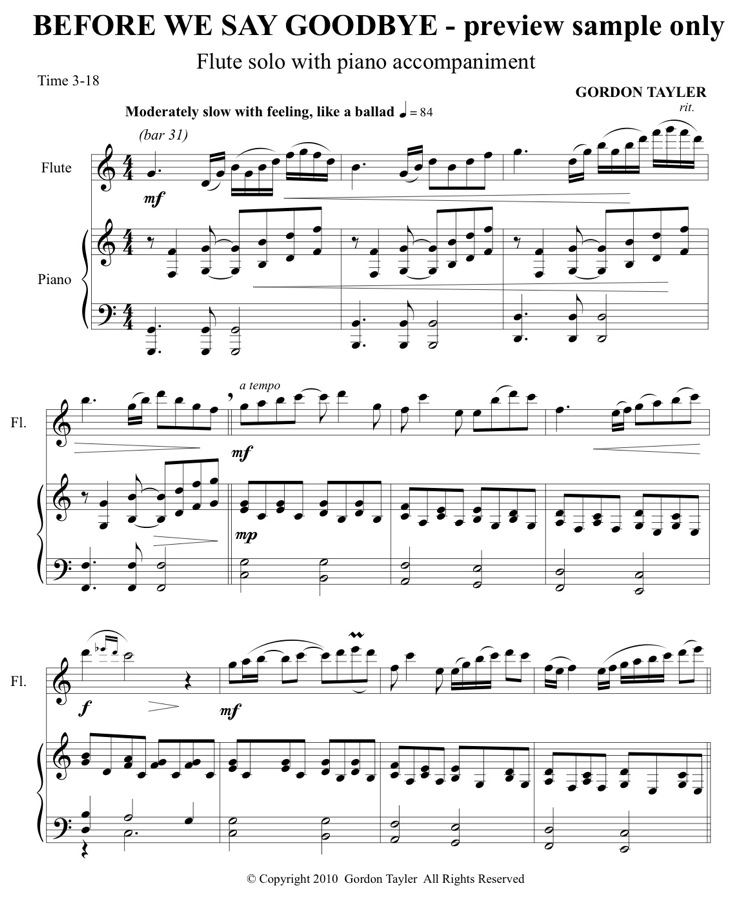



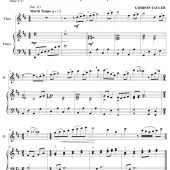
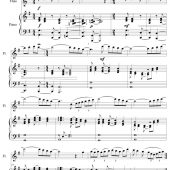
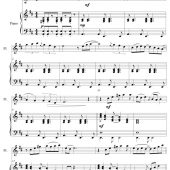
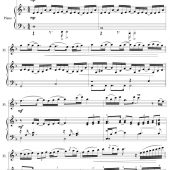
Reviews
There are no reviews yet.